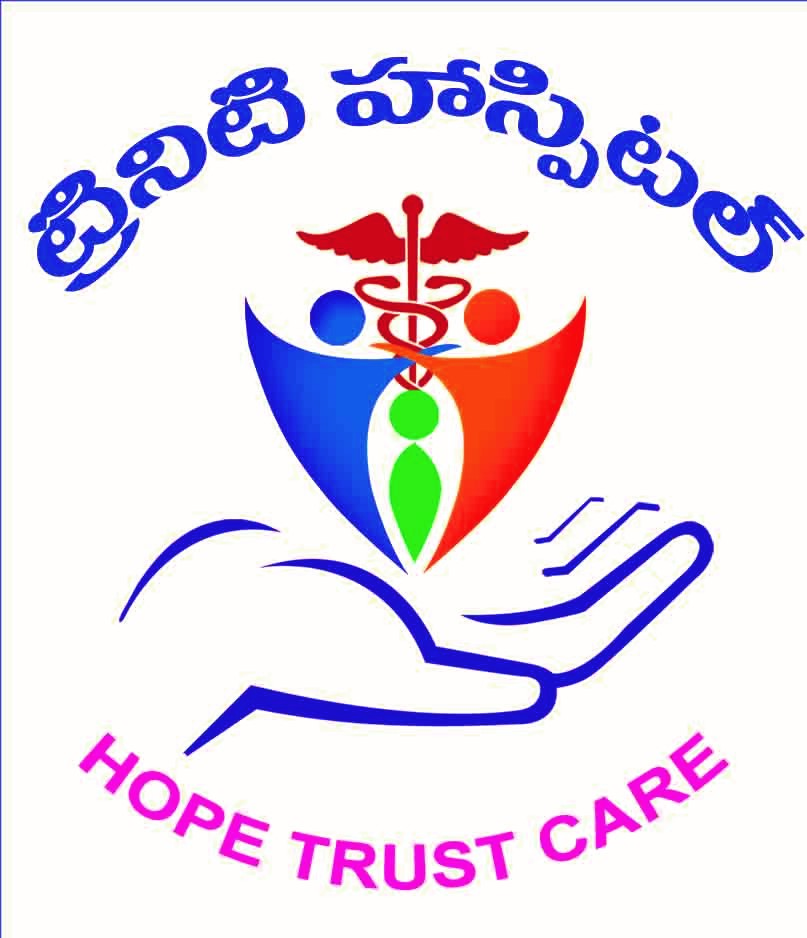Non Operative Back Pain Treatment

Back pain is a common ailment that affects millions of people worldwide. While some cases may require surgical intervention, many instances of back pain can be effectively managed with non-operative treatments. These treatments focus on alleviating pain, improving function, and enhancing quality of life without the need for surgery. Understanding the various non-operative options available can help patients make informed decisions about their care.
Causes of Back Pain
Back pain can result from various factors, including:
- Muscle Strain: Overuse or injury to the muscles and ligaments supporting the spine.
- Herniated Discs: Discs that bulge or rupture, pressing on spinal nerves.
- Degenerative Disc Disease: Age-related changes causing disc wear and tear.
- Arthritis: Inflammation of the joints in the spine.
- Spinal Stenosis: Narrowing of the spinal canal, compressing nerves.
- Injuries: Trauma from accidents, falls, or sports injuries.
- Poor Posture: Prolonged poor posture leading to back strain.
Symptoms of Back Pain
Symptoms can vary widely depending on the cause and severity of the condition. Common symptoms include:
- Persistent Aching: Continuous pain in the back.
- Sharp Pain: Sudden, intense pain that may radiate down the legs (sciatica).
- Stiffness: Reduced flexibility and difficulty moving.
- Numbness or Tingling: Often due to nerve compression.
- Weakness: Muscle weakness affecting mobility.
Non-Operative Treatment Options
Non-operative treatments aim to relieve pain, reduce inflammation, and improve spinal function. Here are some effective non-surgical treatments for back pain:
Physical Therapy
Physical Therapy involves exercises and techniques to strengthen the back muscles, improve flexibility, and enhance posture. Therapists may use manual therapy, stretching exercises, and guided physical activities to alleviate pain and prevent future injuries.
Medications
Medications can help manage back pain, including:
- Pain Relievers: Over-the-counter options like acetaminophen or NSAIDs (ibuprofen, naproxen) to reduce pain and inflammation.
- Muscle Relaxants: To alleviate muscle spasms.
- Topical Analgesics: Creams or gels applied to the skin to relieve pain.
Injections
Injections are used to deliver pain relief directly to the source of pain:
- Corticosteroid Injections: Reduce inflammation and pain in specific areas.
- PRP (Platelet-Rich Plasma) Injections: Utilize the patient’s blood plasma to promote healing.
- BMAC (Bone Marrow Aspirate Concentrate) Injections: Use stem cells to repair damaged tissues.
Ozone Therapy
Ozone Therapy involves injecting ozone gas into the affected area. This treatment reduces inflammation, promotes healing, and provides pain relief by increasing oxygen supply to the tissues.
Lifestyle Modifications
Lifestyle Modifications play a crucial role in managing back pain:
- Exercise: Regular low-impact activities like walking, swimming, and yoga to maintain spinal health.
- Weight Management: Maintaining a healthy weight to reduce stress on the spine.
- Ergonomics: Using proper body mechanics and supportive furniture to prevent strain.
- Smoking Cessation: Quitting smoking to improve overall health and spinal health.
Prevention and Self-Care
Preventing back pain involves adopting healthy habits and making lifestyle adjustments:
- Maintain Good Posture: Proper posture when sitting, standing, and lifting.
- Stay Active: Regular physical activity to strengthen the back and core muscles.
- Stretching: Regular stretching exercises to improve flexibility.
- Ergonomic Adjustments: Proper workstation setup to avoid strain.
Seeking Professional Help
If you experience persistent or severe back pain, it is important to seek professional medical advice. Early diagnosis and intervention can prevent further complications and improve long-term outcomes. A healthcare provider can develop a personalized treatment plan tailored to your specific needs, helping you manage pain and maintain an active lifestyle.
Non-operative back pain treatments offer effective solutions for many patients, enabling them to manage pain and improve their quality of life without surgery. With the right approach, individuals can achieve significant relief and return to their daily activities.

